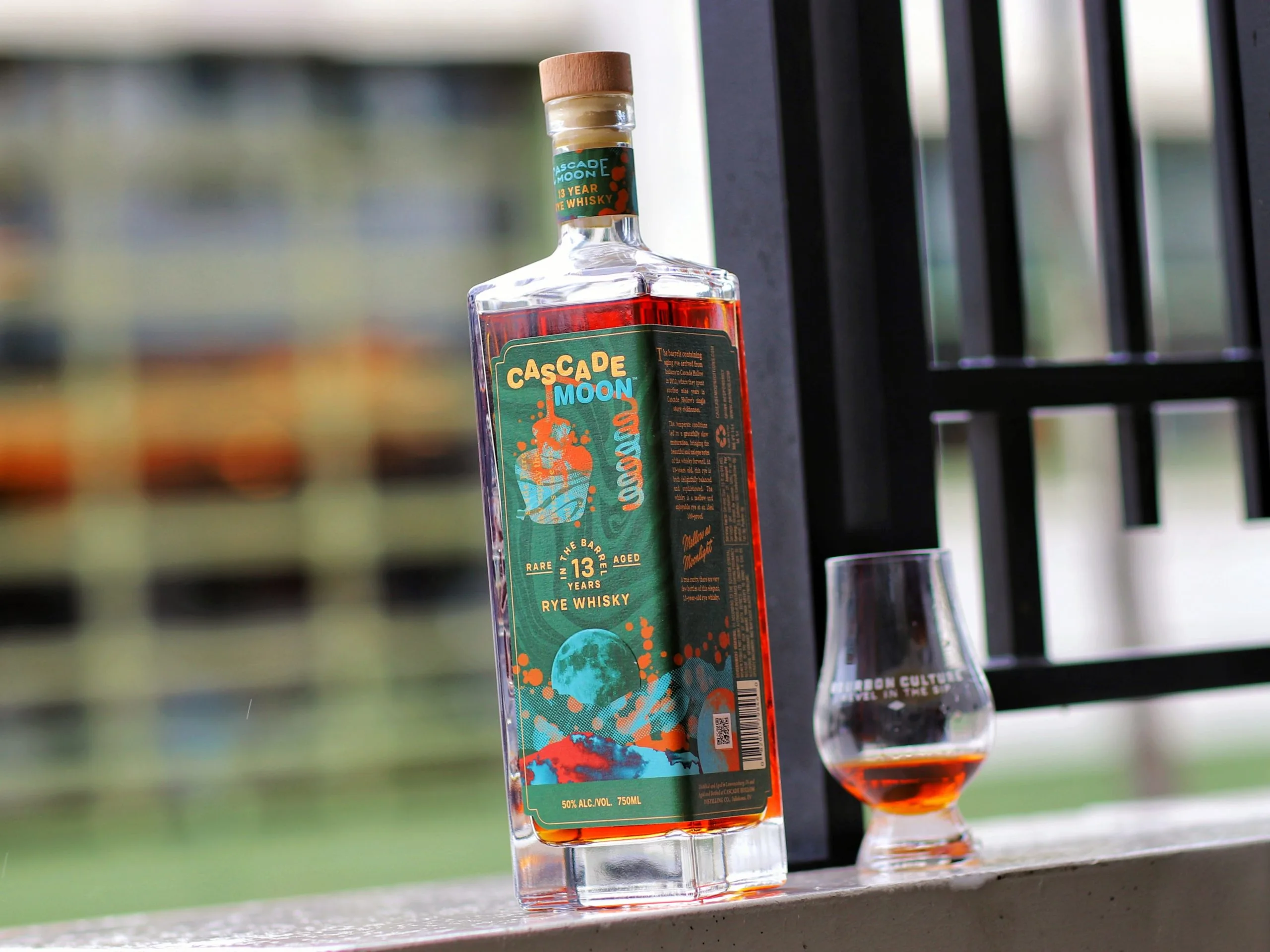| Don't like ads? | No ads |
*Bourbon Culture is reader-supported. When you buy through links on our site, we may earn an affiliate commission.
As the shadow of the pandemic was cast over all of us in early 2020, there wasn’t a single part of our lives that wasn’t affected by the uncertainty. Among the bourbon enthusiast community, some members saw this uncertainty as a time to sell off their collections before prices might plummet. Others saw it as a time to buy as much as they could in anticipation over how the nationwide lockdown might cause delays or shortages.
In the end, it was the ones who bought and stockpiled that were proven right. Prices on the secondary market exploded and continued to rise at a rate that hasn’t stopped. I’m dumbfounded myself at why this is but it seems like even in the worst of times, people will find a way to spend their money.
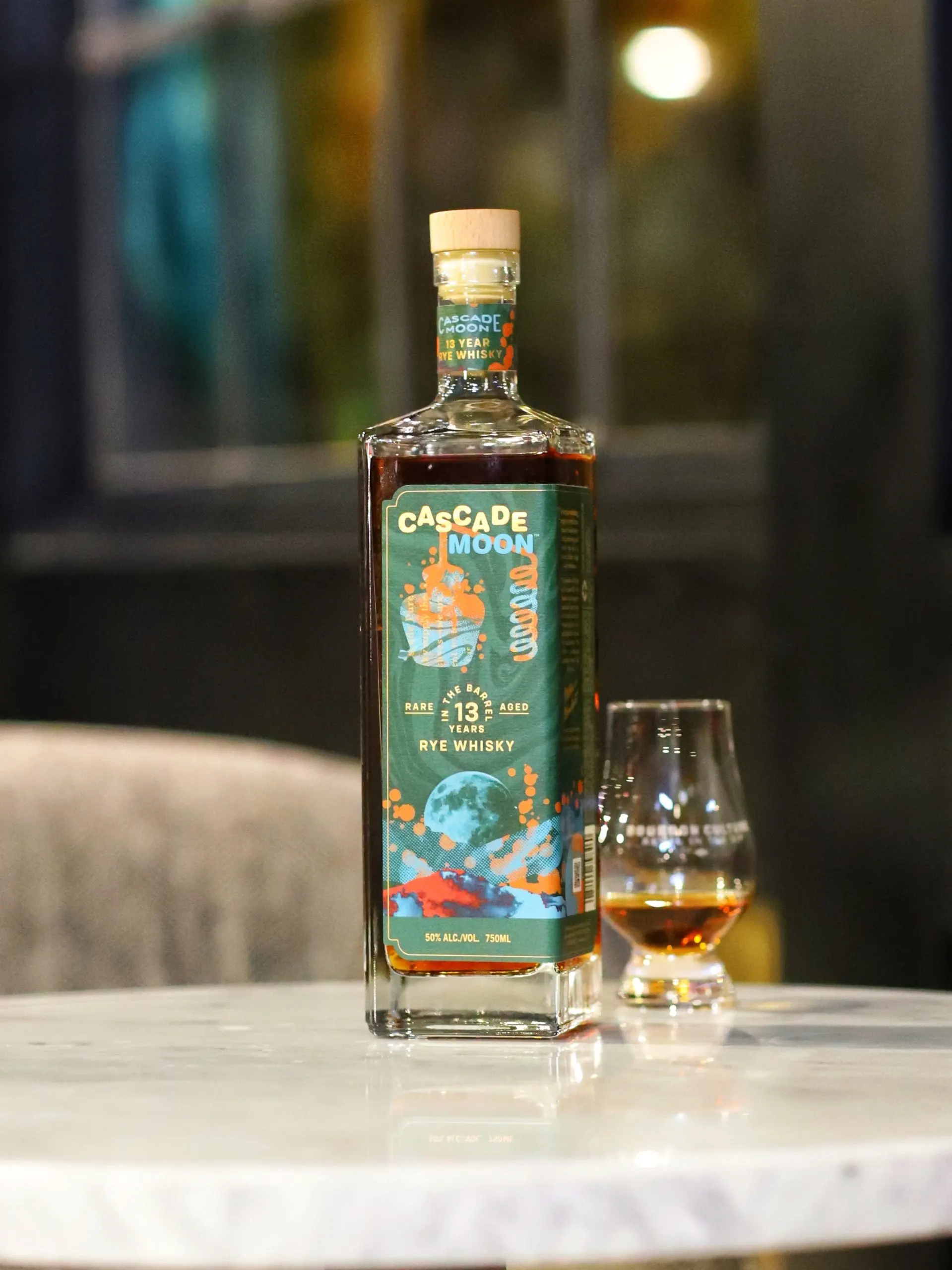
Throughout the pandemic, the hiccups in production never really materialized. The bean counters for these distilleries started to notice a trend that kept showing up on their spreadsheets: the sale of limited release bottles never slowed down. In fact, it seemed as if expensive limited releases were purchased at an even faster rate than before. This meant only one thing; it was time to pull out all the stops and increase the limited releases they could ship out.
Cascade Hollow enters the premium label market
Every producer rushed to put out as many new, limited or exclusive releases as they could. Belle Meade released every conceivable flavor of barrel finished bourbon. Barrell Craft Spirits quadrupled their single barrel program. Buffalo Trace brought Blanton’s Gold and Straight From The Barrel (back) to the US. Every Non-Distiller Producer was selling a 13+ year bottle that contained bourbon from Barton in it. All of it was gobbled up immediately. Even Cascade Hollow, producers of George Dickel, decided (or were told by Diageo) to get in on the trend. They had Nicole Austin, their new master distiller, pick through the Tullahoma warehouses for new and interesting barrels that they could make a special release out of. Armed with a thief and a mallet, she went out to see what she could find.
It’s no secret that distilleries have wild and crazy barrels stashed away inside their warehouses. MGP recently uncovered some bourbon made with buckwheat or quinoa as the small grain. Buffalo Trace routinely puts out various Experimental Collection releases. Jim Beam and Chattanooga Whiskey both have separate campuses with small pot stills specifically for producing experimental whiskey. It turns out Cascade Hollow had some cool secrets buried within too.
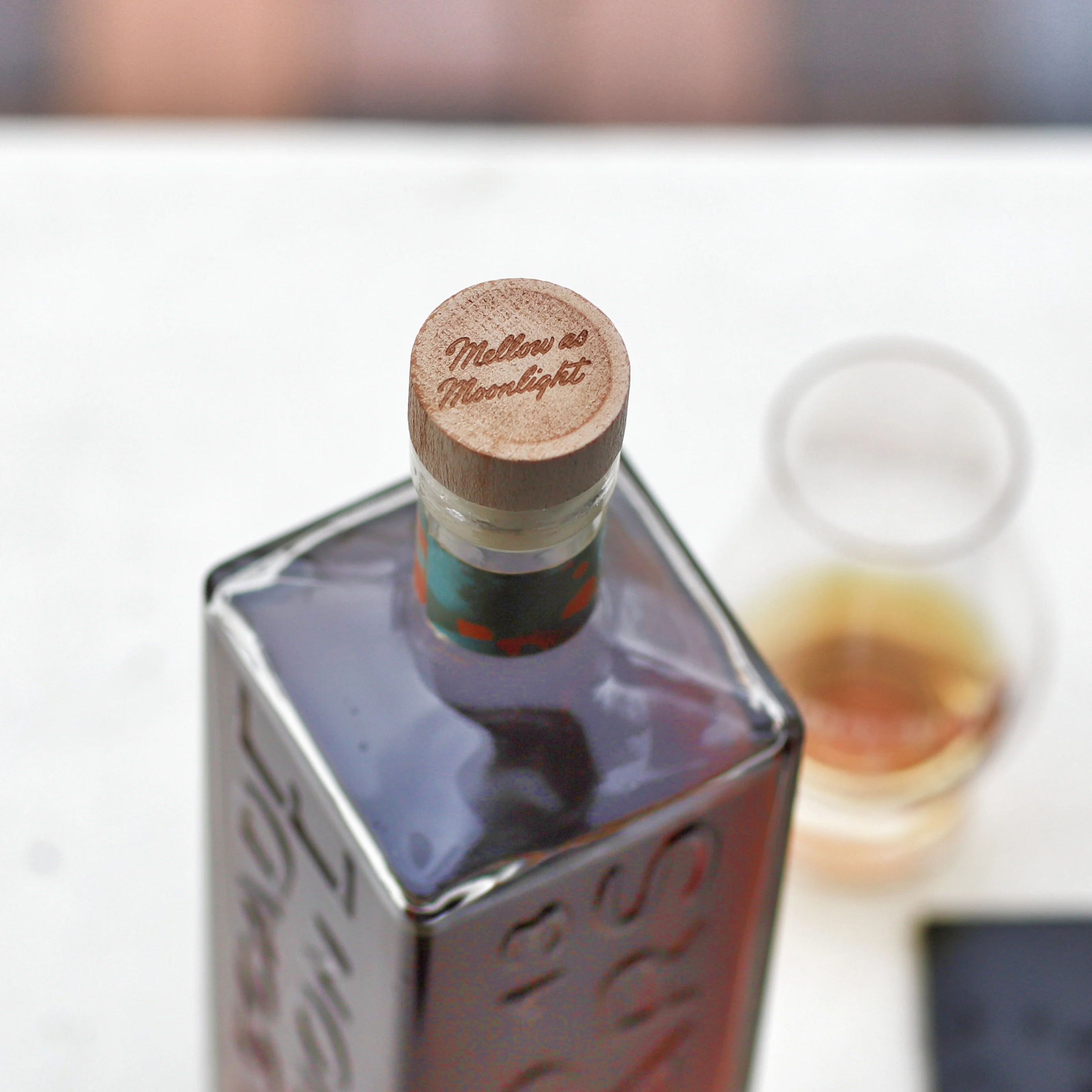
Cascade Hollow makes lots of different mashbills aside from their standard 84/8/8 bourbon (Tennessee Whiskey) mash bill. I’ve covered Barrell Craft Spirits early success in buying lots of barrels filled with these rare, experimental mash bills in other reviews. But to refresh your memory, Cascade Hollow takes their basic recipe and increases the amount of rye (sometimes as high as 25%). However, they never released those experimental recipes under their own name, instead preferring to sell them off to various barrel brokers over time. I fully expected that when Diageo announced their new line of limited edition whiskey, called “Cascade Moon” that they would be using these experimental mash bills.
So far, Cascade Moon’s three releases have not ended up using those barrels. Instead, this tall, colorfully labeled bottle would see virtually every other kind of strange barrel released that they found. The first release was a blend of 16-year-old whiskey aged in used barrels and 11-year-old bourbon. The second release was from a very small batch of 17 year old barrels that had been distilled shortly after the distillery re-opened in 2003 (it was shuttered for 4 years prior to that). The third release that I am reviewing today is from a batch of MGP 95/5 rye whiskey that was distilled and aged in Lawrenceburg, Indiana for 4 years before being transported to Cascade Hollow to age even longer. It turns out they sat in a warehouse for another 9 years until Nicole found them.
Some of you might know that standard George Dickel Rye Whisky is not even made in Tennessee at all. It is distilled and aged at MGP in Indiana for about 5 years before being dumped into a tanker truck and sent to a Diageo plant in Illinois. From there, it is ran through sugar maple charcoal before being proofed down to 90 proof and bottled. It is assumed that it loses some color during that filtration process and has to have artificial coloring added back to it. This could be why it does not carry the “Straight Rye Whiskey” designation. In 2021, it was finally proven that Cascade Hollow does make their own rye whiskey in Tullahoma, but it has only gone into one Cascade Hollow-affiliated bottling: the Leopold x Dickel collaboration that came out last year.
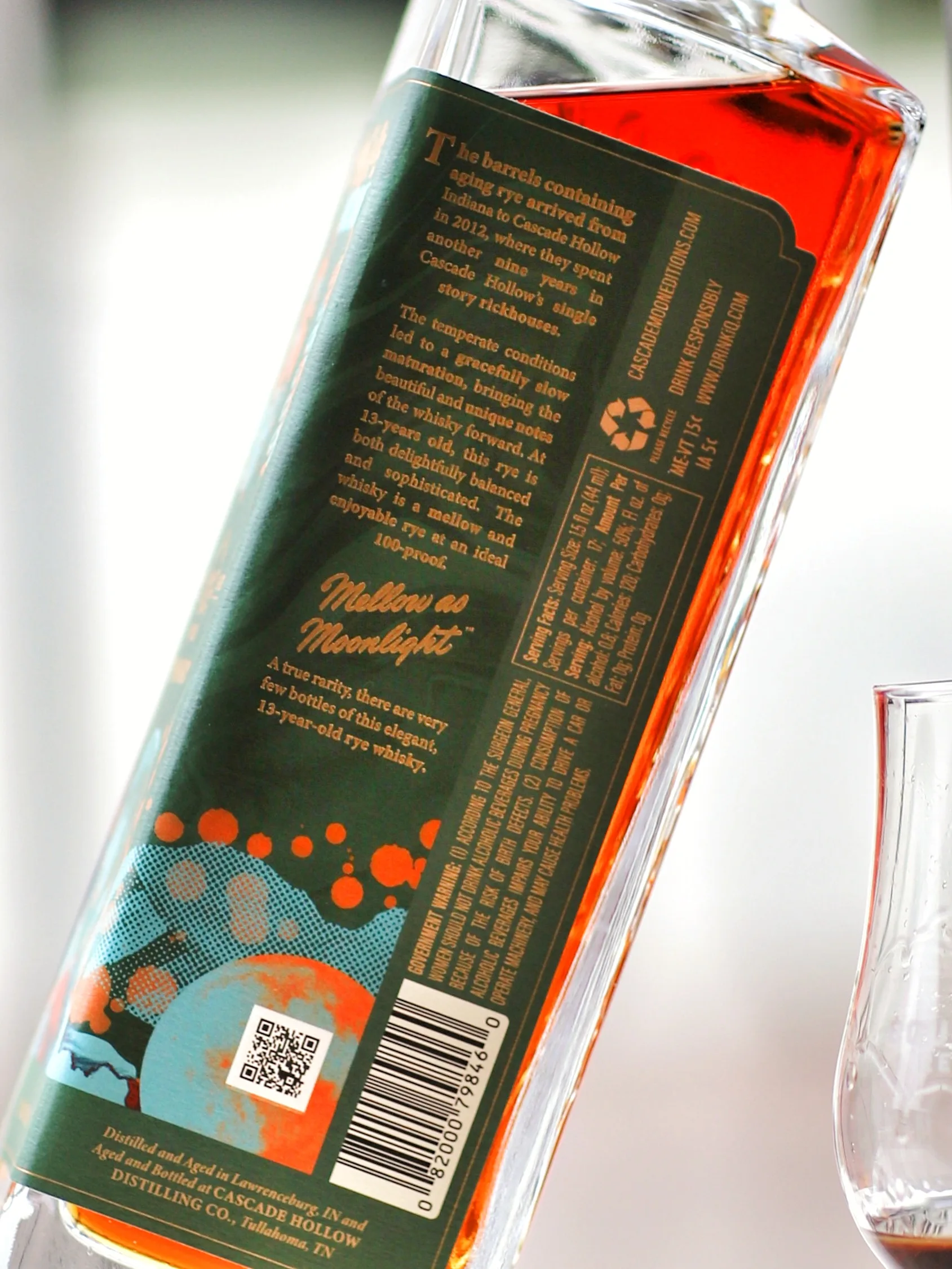
13 year old MGP rye whiskey is rare, but not exactly rare enough to garner a $250 price tag. Is there something that makes this rye whiskey different? For starters, I wish they would’ve elaborated on the specifics of the barrels like which warehouse they were aged in and what tier they were aged on. My guess is that they didn’t stick these on the top tier during their time in Tennessee. All of Cascade Hollow’s warehouses are single story just like Four Roses, but the tier a barrel is aged on will still have an impact on the final proof.
The biggest question when looking at a whiskey that came from Cascade Hollow is “did this whiskey go through the sugar maple charcoal filtering process before it was bottled?” I was surprised to learn that the answer for this rye whiskey is that it does not go through the charcoal filtering process. This would make it the first product ever to come out of Tullahoma to never see their signature filtering process. That means that there shouldn’t be any coloring to be added back into the distillate before it was bottled. Literally the only thing that was added to it was water from the spring that Cascade Hollow uses to proof down all of their products.
Now that we know the history behind how this bottle came to be and what’s inside of it, let’s get tasting. I sampled this neat in a glencairn.
Tasting Notes
Nose: Notes of gingerbread and brown sugar give a sweet, spice-laced scent to the dram. This is paired with Girl Scout Thin Mints Cookies and a surprising amount of waxy vanilla. Sweet orange, candied lemon and cherry notes hint to the fruit flavors within. It’s not strange to get fruit notes on MGP rye whiskey, but each sniff brings out more than usual and it’s a sweeter experience than usual.
Palate: The amount of citrus flavors I’m finding is staggering. There is this dominating orange peel note that is bolstered with grapefruit, lime and lemon. It’s delicious and probably one of the most dominating notes I’ve found so far. There is a thin tingle of minerality that tastes slightly medicinal. The sharp rye spice nature that I was expecting is non-existent. It’s been replaced by soft baking spices. Herbal notes are somewhat muted while I also pick up on pickled ginger (which add a bit of acidity to each sip). The muted herbs I was talking about do not include mint though, because it is extremely noticeable. The one odd thing I’m (not) picking up on is that the pine needle flavor I love so much in regular MGP 95/5 is missing. Is it being covered up or is it just not there?
Finish: I’m loving this sweet, botanical finish. There’s still lots of citrus popping around after the sip is complete. I’m surprised by the lack of oak at the end. My experience with 13 year MGP rye (which is limited to Whistlepig single barrels) is that I should be experiencing a lot of oak right now, but it’s nowhere to be found. Is this a result of it being proofed down?
Score: 8.2/10
Maybe it’s the name of the bottle that keeps circling around my mind, but each sip of this rye whiskey was the literal definition of “mellow.” Nothing felt harsh or too hot, it was just smooth sipping from start to finish. Being “mellow” is a hallmark of Cascade Hollow products though (with the other hallmark being a multivitamin note), so Dickel purists will still find a lot to like here. But if I had to sum up my experience with one thought, it would be that this Indiana rye whiskey lost a lot of its impactful spice and brown sugar sweetness while gaining an insane amount of citrus fruit and botanical notes. I would be hard-pressed to tell you that this came from the stills of Lawrenceburg if I sampled it blind.
I’d like to expand on those increased citrus notes and occasional notes of minerality for a moment. For years, enthusiasts have turned their nose at George Dickel products because of the pronounced vitamin minerality notes. We had been lead to believe that the minerality came from the variety of powdered enzymes that is added to Dickel’s mash in an effort to break down the starches before the yeast is added in to begin fermentation. Most distilleries do not add in an external enzyme to break down the starches because they find that as long as they have at least 5% malted barley in the mash, that it releases enough natural enzymes to break down the starches into a form that can be readily digested by the yeast.
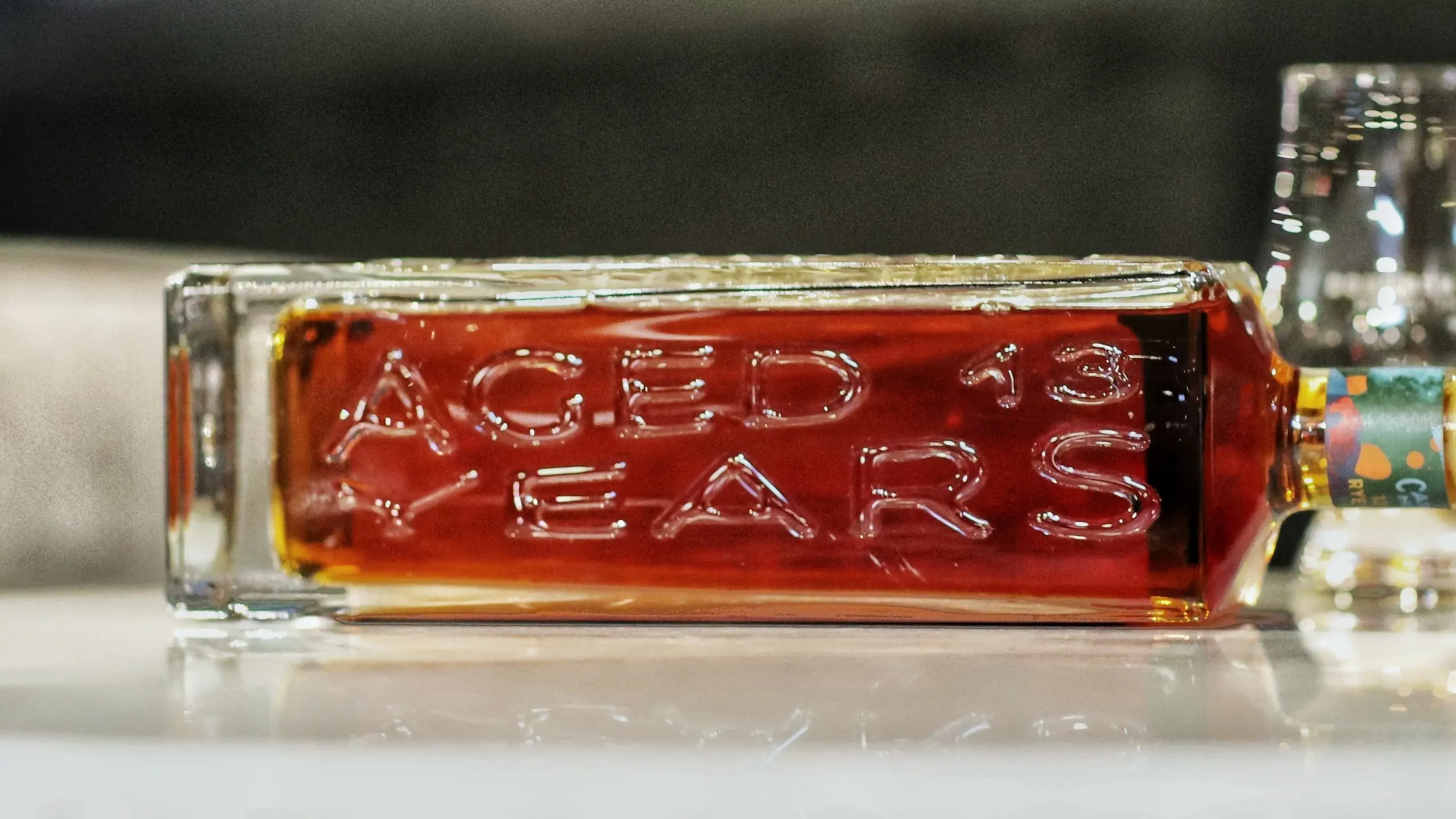
Since Dickel already uses (at minimum) 8% malted barley in their mash bill, they shouldn’t technically need to add in a powdered enzyme. But this same story of Dickel tasting like Flintstone vitamins because of the addition of these enzymes has been regurgitated so much that it’s basically gospel now among enthusiasts. But what if the multivitamin flavor came from something else? After all, this MGP rye was not fermented or distilled in Tullahoma and it also did not go through the Lincoln County Process, so how did it pick up on it? The only thing that would have touched the liquid in a way that could alter it would be the spring water from Cascade Hollow’s own spring. Is it possible that the Dickel vitamin note comes from the water they use rather than those powdered enzymes? The only way we’d truly know this is if we could obtain water from their spring and use it to proof down another distillery’s products. Stay tuned to this experiment in the future!
Final Thoughts
The answer to the question “Is Cascade Moon 13 year rye worth the $250 price tag?” is “absolutely not.” Whistlepig single barrels that were proven to be 13 year old MGP barrels are going for that price on the secondary these days, but they were bottled at cask strength. This bottle is certainly unique as far as the story goes and that may attract a lot of people to buy it. I also love the packaging, but my wife said it looked awful, so I know not everyone will agree. But the whiskey inside seems to have lost a bit of that magical 95/5 character after being proofed down. If only Diageo would’ve given Nicole Austin the green light to bottle this stuff at cask strength, then we might have had something really special on our hands. But as it stands, I guess we’ll never know.
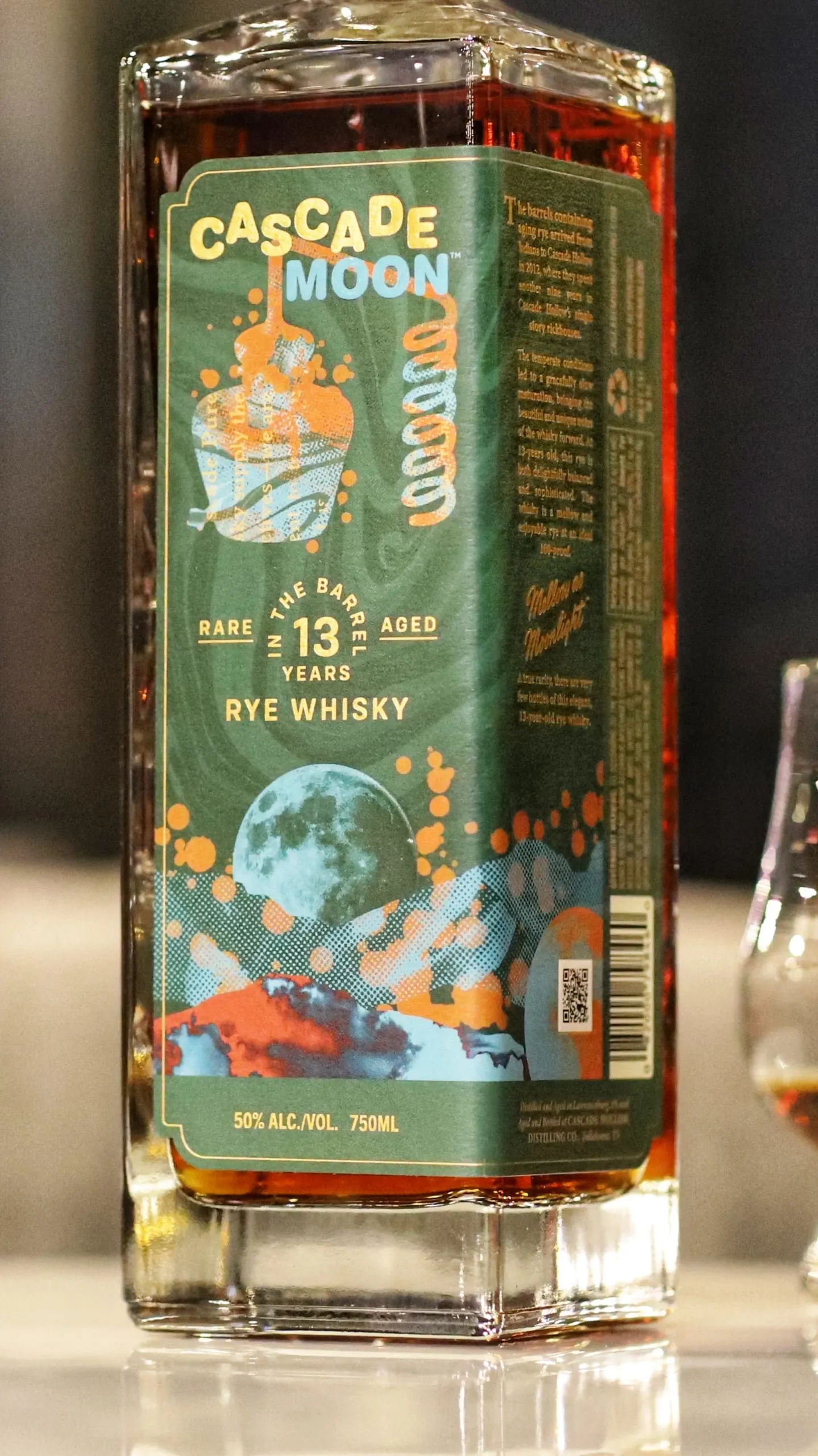
Featured Products
- Neat Traveler

- View Larger
- Description:The Aged & Ore Neat Traveler is a complete travel kit for spirits. We combined our widely praised Neat Glass with one of our 3oz Flight Bottles and housed them together in a custom EVA travel case. Perfect for a night away with your favorite pour. The tie
- Bottle Flight

- View Larger
- Description:The Aged & Ore Bottle Flight is a premium set of 4 custom silicone wrapped glass bottles designed to transport and share samples of your favorite spirits. The flight bottles come in a custom EVA travel case that fits perfectly in any small bag. An Aged &
- Travel Bundle
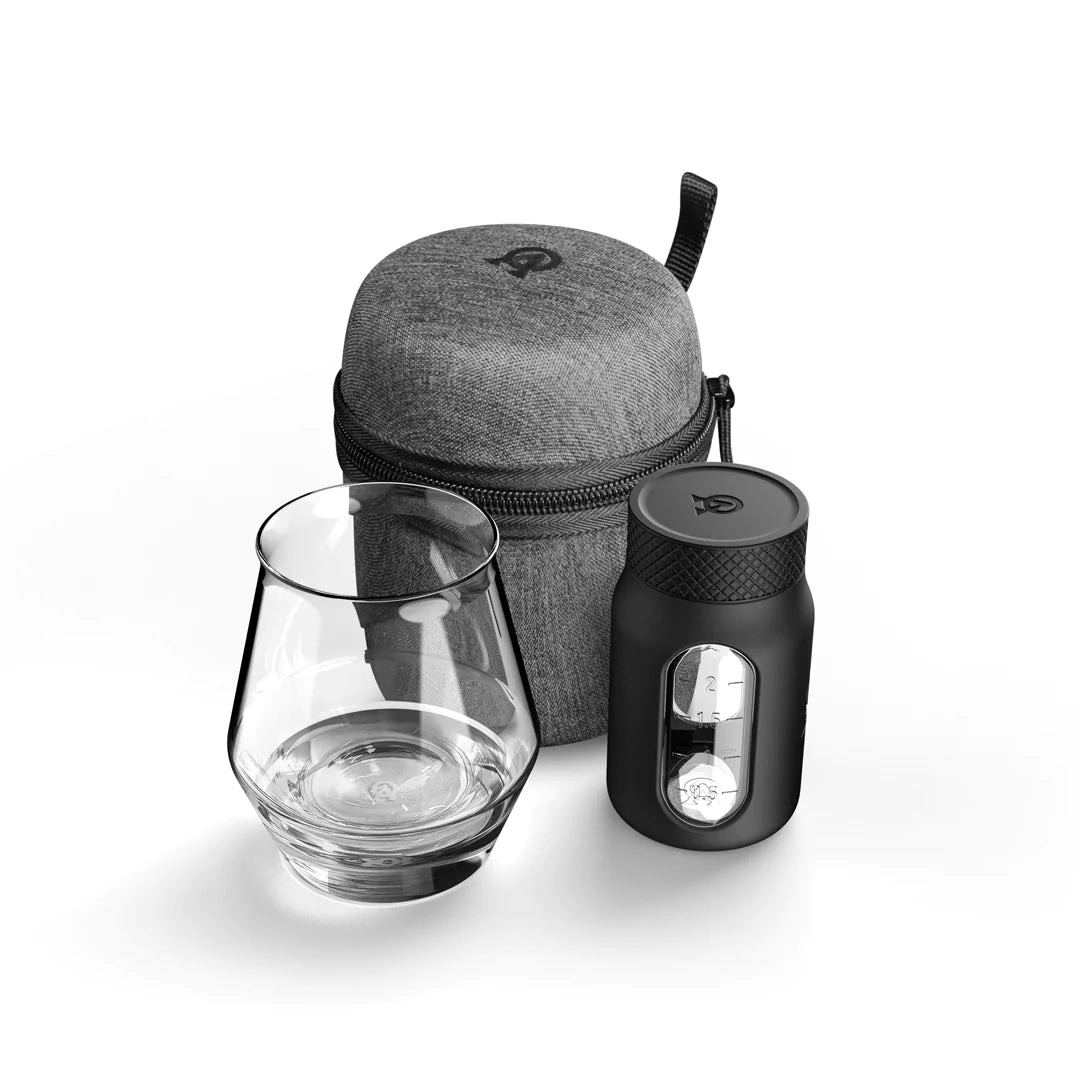
- View Larger
- Description:This Bundle combines two of our crowd favorite products, creating the ultimate travel bundle to bring along your favorite spirits and glassware. Bundle Includes: Neat Traveler (Gray) Bottle Flight (Gray) Note: This bundle is only available in gray and col
*Bourbon Culture is reader-supported. When you buy through links on our site, we may earn an affiliate commission.

